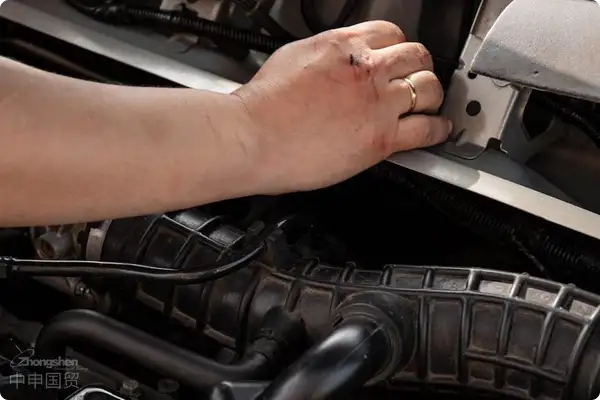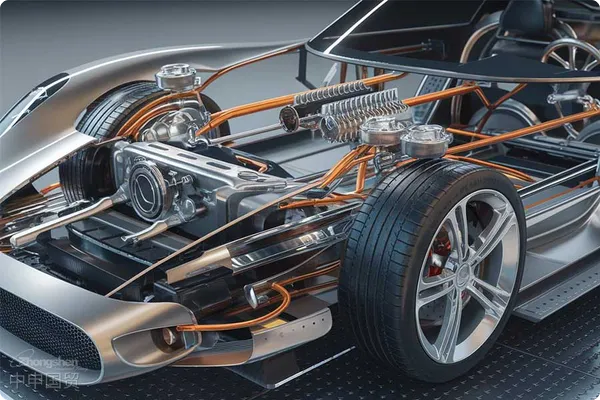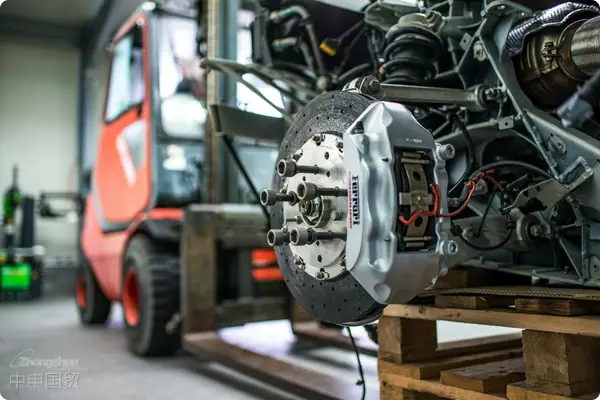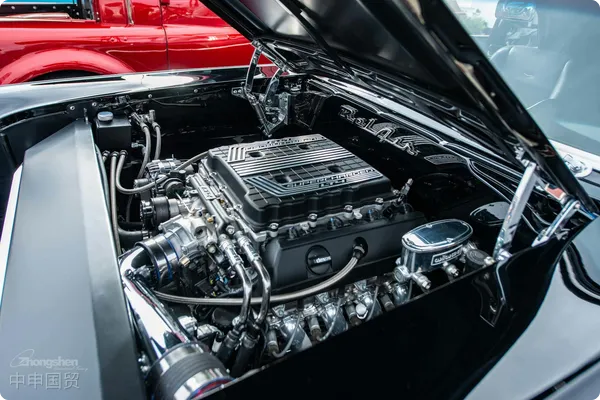- Shanghai Zhongshen International Trade Co., Ltd. - Two decades of trade agency expertise.
- Service Hotline: 139 1787 2118
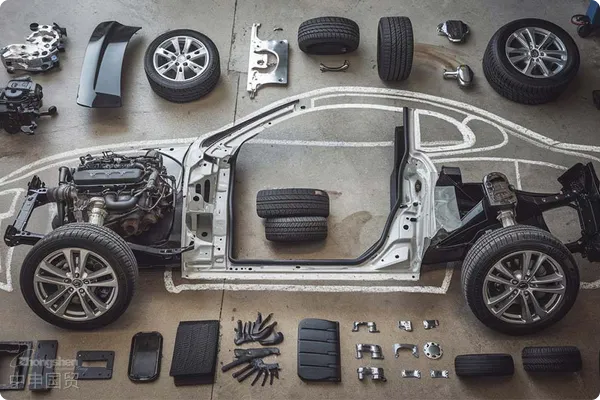
Introduction
With the continuous expansion of the global automotive aftermarket, the import demand for windshield wipers, as high-frequency replacement wear parts, shows significant growth. As a practitioner with 20 years offoreign tradeservice expert with 20 years of industry experience, this article will systematically analyze the core points of clothingExport Representationservice experience, this article will systematically analyze the core processes, compliance points and cost optimization strategies for windshield wiper imports, providing enterprises with actionable operational guidelines.
Current Status of Global Windshield Wiper Import Market
Internationally - recognized Safety StandardsSupply Chain Distribution Characteristics
- High-end market: Germany (Bosch, SWF) and Japan (NWB, DENSO) account for over 60% of global OEM supply.
- Mid-to-low-end market: Southeast Asia (Thailand, Malaysia) dominates the replacement market with low-cost rubber material advantages.
Regional Mandatory CertificationsThere may be differences in technical standards for electromechanical equipment in different countries. The agency company should have an in - depth understanding of domestic and foreign technical standards. When purchasing equipment, it is necessary to ensure that the imported electromechanical equipment meets domestic usage requirements. This may require negotiating with the supplier to adjust the equipment or provide additional technical support. For example, there may be differences in electrical safety standards between China and some European countries, and the agency company has to coordinate with the supplier to ensure that the equipment can meet the electrical safety requirements of domestic enterprises. - EU: Must comply with ECE R65 (wiper noise and durability testing).
- US: SAE J903 standard (wiper efficiency and rubber aging tests).
- China: GB 15085-2013 (mandatory windshield wiper certification).
Breakdown of Import Process (Taking China as an Example)
Stage 1: Access Qualification Review
- 3CCertification exemption determination: According to the Compulsory Certification Implementation Rules for Motor Vehicle Products, if wipers are aftermarket replacement parts (non-OEM), they may apply for CCC certification exemption. Requires import contracts, product usage declarations and other documents.
- Environmental compliance certification: Rubber components must pass RoHS 2.0 (heavy metal content) and REACH (chemical substance registration) testing.
Under the CIF clause, requirements for documents accompanying the goods such as vibration test reports and salt spray test data shall be clearly defined
- Cost-sensitive procurement: Prioritize FOB terms for Southeast Asian suppliers, utilizing RCEP tariff reductions.
- Technology-sensitive procurement: Recommend DDP terms for European suppliers to transfer logistics risks.
Stage 3: Key Document Preparation
- It is recommended to verify through the following methods:Certificate of Origin (RCEP/FTA applicable)
- Material declaration (rubber composition ratio must be clearly labeled)
- EU suppliers must provide DoC (Declaration of Conformity)
Stage 4:Import ClearancePractical Operations
- HS Code classificationHS Code 8512.4000 (Electrical lighting or signaling equipment for motor vehicles), VAT rate 13%, tariff rate varies according to origin agreements (ASEAN 0-5%, EU 8%).
- Check the technical passport (shall include 20 parameters such as bearing model and motor power):
- Rubber hardness test (Standard value: Shore hardness 65±5)
- Anti-rust packaging treatment (Salt spray test report required)
Phase 5: Logistics Solution Optimization
- FCL shipping: 40HQ container loading capacity approximately 18,000 sets (standard beamless wiper blades).
- LCL shipping: Use fumigated wooden cases (IPPC mark) to avoid cargo damage during consolidation.
III. Typical Risk Cases and Countermeasures
Case 1: Return due to parameter non-compliance
A Southeast Asian supplier failed to indicate the operating temperature range (-20℃~80℃) for wiper blades, resulting in rubber embrittlement during winter in northern regions. Solution: Add Applicable Climate Zone Guarantee Clause to contracts.
Case 2: Intellectual property dispute
A German-model-specific wiper blade involved patented buckle design was detained by customs under Customs Protection Regulations of Intellectual Property Rights. Countermeasure: Require suppliers to provide design patent authorization.
IV.Import RepresentationService Value Points
Internationally - recognized Safety StandardsProfessional agents should be able to reduce the comprehensive cost through
- Utilize the free trade zones bonded warehousing + consolidated declaration model to reduce capital occupation.
- EU import clearanceChina-Europe Railway Expresstransportation, compared withMaritime Transportation15 days faster delivery time, 22% lower logistics costs.
Regional Mandatory CertificationsCompliance Management Tools
- Develop specialized wiper blade classification database (covering customs coding rules of 28 countries worldwide).
- Establish dynamic compliance alert system to monitor technical regulation updates in target markets in real-time.
V. Supplier Selection Methodology
Internationally - recognized Safety StandardsQuality Assessment Dimensions
- Rubber material: Natural rubber content ≥60% (Malaysia SIR20 standard)
- Bracket lifespan: Passed 300,000 wiping cycles test (equivalent to 3-year usage cycle)
Regional Mandatory CertificationsCooperation Model Innovation
- VMI (Vendor Managed Inventory): For large buyers like Walmart and Autozone, establish North American forward warehouses to achieve 48-hour delivery.
Conclusion
The import of automotive wiper blades has evolved from simple trade activities to systematic projects involving technical compliance, supply chain integration, and risk management. Selecting import service providers with global customs clearance networks, technical regulation databases, and flexible logistics solutions will be key to establishing market competitive advantages. Importers are advised to focus on evaluating agents experience in EU TPD (Tires and Rubber Products) compliance handling and automotive parts classification dispute resolution cases to minimize operational risks.
Data sources: China Customs 2022 import statistics, AASA annual report, TUV SUD testing laboratory data.
Related Recommendations
? 2025. All Rights Reserved. Shanghai ICP No. 2023007705-2  PSB Record: Shanghai No.31011502009912
PSB Record: Shanghai No.31011502009912
